WiFi or Cabling? Why Your Business Needs Both
corby
11/13/20252 min read
In the modern workplace, the question of connectivity often arises: should a business invest in the latest Wifi technology or rely on traditional structured cabling? Framing this as an "either/or" choice, however, overlooks the fundamental strengths of each. A robust and efficient network isn't about selecting one and excluding the other, but about understanding their complementary roles.
The most effective strategy for ensuring productivity and security is to integrate both, creating a cohesive system where each technology supports the other.
Structured cabling, the network of Ethernet cables running through your walls and ceilings, forms the silent, reliable foundation of your entire digital infrastructure. Its primary advantages are consistency, security, and high bandwidth. For data-intensive tasks like transferring large files, video editing, or accessing a local server, a wired connection is unsurpassed. It provides a dedicated pathway, free from the environmental interference that can plague wireless signals. This results in lower latency (delay) and more consistent speeds. From a security standpoint, a physical connection is inherently more secure, as it requires direct access to the network infrastructure, making it less vulnerable to external intrusion. The Telecommunications Industry Association (TIA), which sets standards for structured cabling, emphasizes its critical role in supporting business-grade applications that demand guaranteed performance and reliability [1].
Structured Cabling: The Unseen Backbone

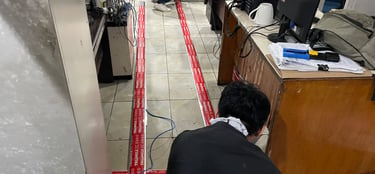
WiFi: The Engine of Mobility and Flexibility

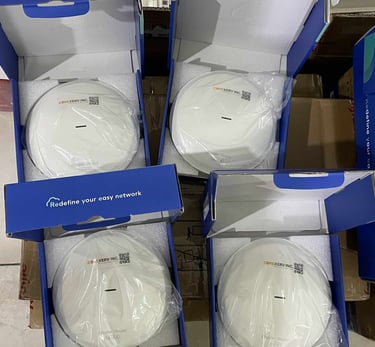
Wifi, on the other hand, is the visible engine of workplace mobility. Its value lies in its ability to empower a flexible and collaborative environment. It seamlessly connects laptops, tablets, smartphones, and an ever-growing array of Internet of Things (IoT) devices like smart TVs and security cameras. This supports modern workstyles such as hot-desking and impromptu collaboration in common areas.
Modern standards like Wifi 6 or 7 have significantly improved wireless capacity and efficiency in dense device environments.
However, the performance of any wireless network is fundamentally dependent on its wired backbone. Each Wifi access point that broadcasts the signal must itself be connected to the network via, you guessed it! a structured cabling drop. A study by MetaGeek (now part of VIAVI Solutions) on network design highlights that a successful Wifi deployment is not just about the access points themselves, but about ensuring each one has a robust, high-speed wired connection to avoid becoming a bottleneck [2].
A Synergistic Approach for a Future-Proof Network


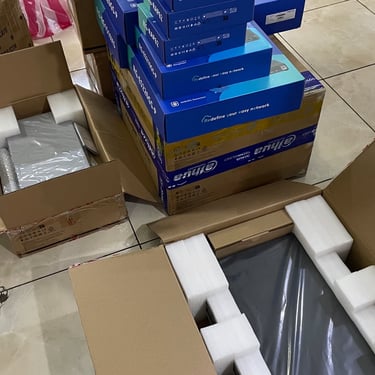
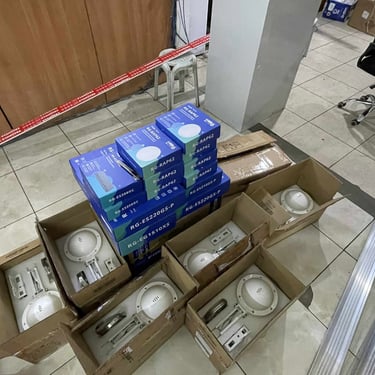
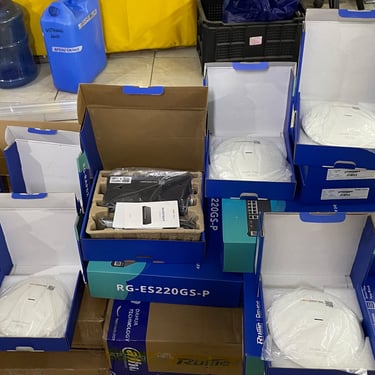

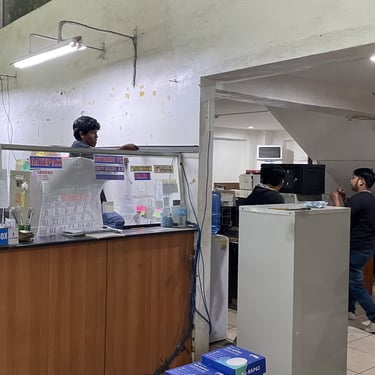
Attempting to operate a business on Wifi alone is akin to building a skyscraper without a steel frame. While the interior (mobile devices) is flexible, it lacks the underlying structure for long-term stability and growth. Conversely, a network with only wired ports would be rigid and fail to support the mobile tools that drive contemporary collaboration.
By investing in both, you create a synergistic system. The structured cabling provides the high-speed, secure backbone for your stationary equipment and wireless access points, while the Wifi network leverages that backbone to offer unparalleled mobility. This dual-infrastructure approach ensures your business has both the stability for mission-critical operations and the flexibility to adapt to future technologies, forming the cornerstone of a truly resilient and productive digital workspace.
References:
[1] Telecommunications Industry Association (TIA). "Why Structured Cabling is Important for Your Business." TIA Website. [Link to TIA educational content or standards pages: https://www.tiaonline.org/]
[2] VIAVI Solutions. "Wi-Fi Design Guide: Best Practices." Formerly MetaGeek. [Link to relevant guide: https://www.viavisolutions.com/en-us/literature/wlan-design-guide-best-practices]
© 2025. All rights reserved. | Website powered by CoreXerv Inc.
Optimize. Innovate. Elevate
